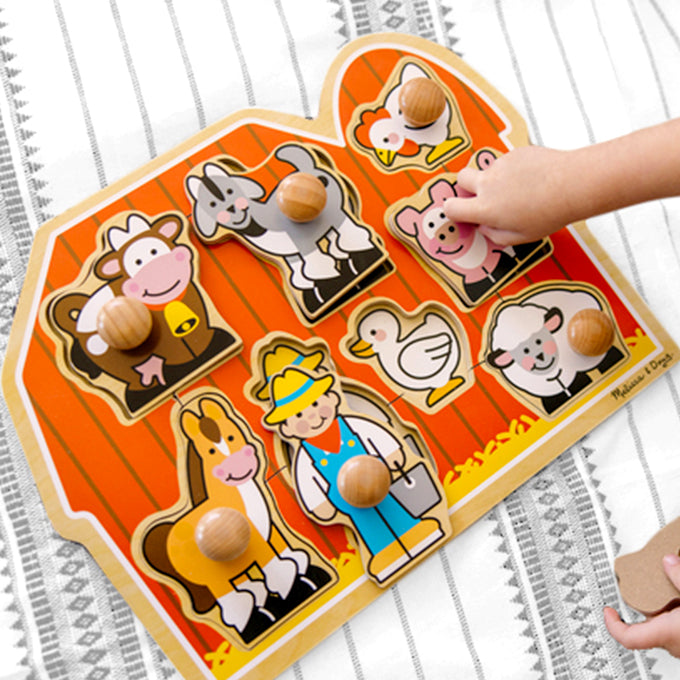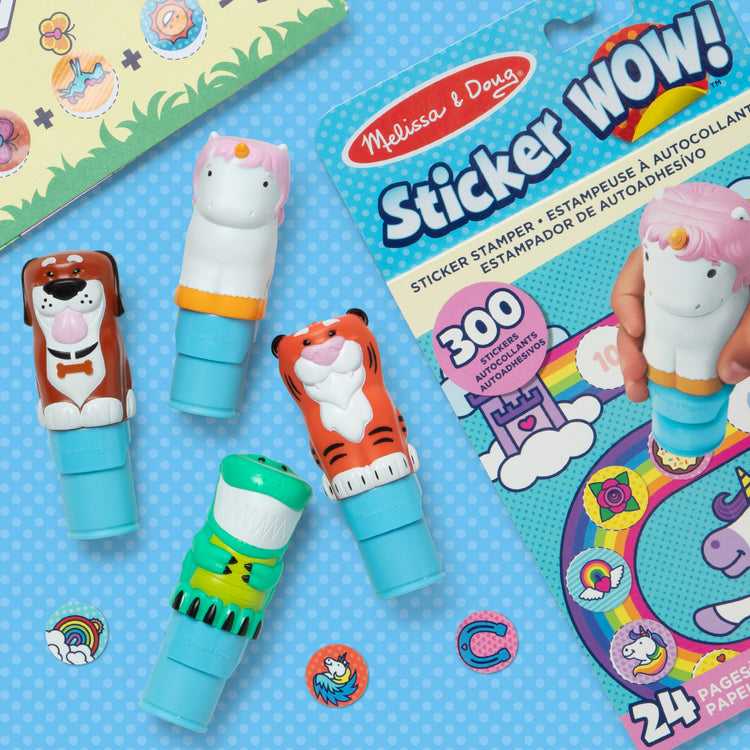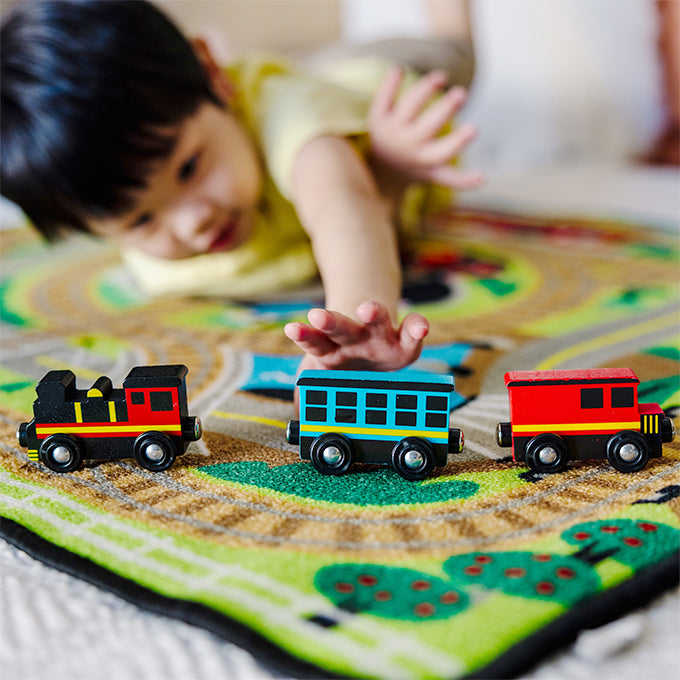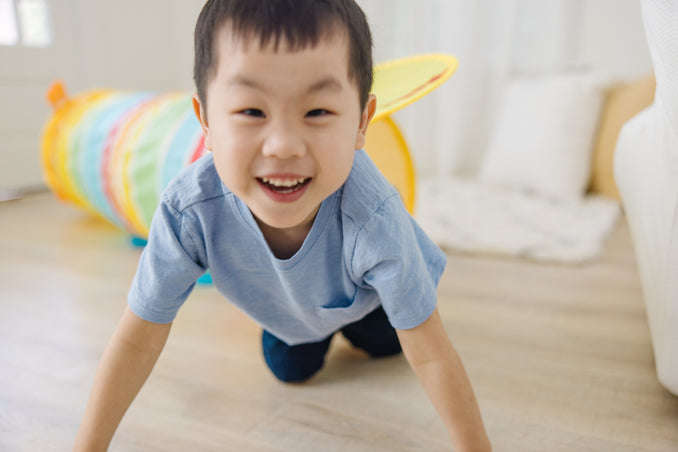Welcome to February — cabin fever time! This is when I hear from the parents of my patients that their kids are antsy, cranky lumps on the couch. It’s cold outside in many parts of the country and kids (and their parents) don’t have access to all of the usual outlets for their energy.
Body movement is important for so many reasons — we usually hear about heart health or maintaining a healthy weight — but the mind and mood are all wrapped up in movement too. I was amazed learning in medical school that the nerves in our joints and muscles feed back to the gray matter in our brains — it’s why stretching in the morning literally makes us more alert, from stretch receptors in our joints sending signals to our brainstem! Or why deep pressure or yoga can calm down our “fight or flight” nervous system and let us think more clearly.
For kids, movement can be sports, dancing, chasing after each other, or an impromptu game of Simon Says — the important thing is moving and stretching joints and muscles, and hopefully at the same time getting brains in the calm and focused “green zone.”
For my patients on the autism spectrum, some pretty particular movements and sensory inputs get them calm and focused. For example, after a good spin, some kids with autism can focus more on social interactions. For others, feeling joint pressure (like wall push-ups or crawling like a bear on hands and feet) helps them feel more grounded in their bodies. It can take some detective work to figure out how to get your kids moving in a way that feels good to them, so here are some ideas to try:
-
Pillow Play: Make good use of old pillows (or ones you don’t mind kids stepping on) by playing “the floor is lava” or building a good, old-fashioned pillow fort. Some kids love the feeling of pressure they get while reading leaning against pillows; others will want to destroy the fort and rebuild it over and over; while others may pretend the pillows are mountains and caves for their figurines and cars.
-
Indoor Obstacle Course: Appeal to kids’ competitive streaks by making an obstacle course and timing how fast they can run it in consecutive turns. It doesn’t need to be complicated (“run to the bedroom, turn around 3 times while singing your favorite song, pick up this stuffed animal and balance it on your head while you walk back to the kitchen”) – whatever is silly and safe in your particular home. Let your kids help decide what the sequence of obstacles will be, and even try to run it yourself!
-
Dance Time: Some kids find it easy to dance as soon as good music comes on, but others need some help thinking of how to move their body. Try a challenge where you and your kids take turns making up a dance that expresses an emotion, acts like a movie or book character, or captures what it feels like to be an object (think: sprinkler!).
-
Chore Challenge: Turn chore time into a chance to get moving. Have kids hop or skip from room to room, picking up their toys. Hand them a garbage bag and challenge them to lunge their way from room to room to empty wastebaskets.
The goal is to help kids love their bodies and feel confident moving them in ways that feel fun, not like work. It can feel impossible to compete with the ease of sitting on a cozy couch with a TV or iPad, but if you make playful body movement a part of every day, kids will come to love it and expect it.
This web site is not an attempt to practice medicine or provide specific medical advice, nor does use of the site establish a physician-patient relationship. The use of this web site does not replace medical consultation with a qualified health or medical professional to meet the health and medical needs of you or others.










